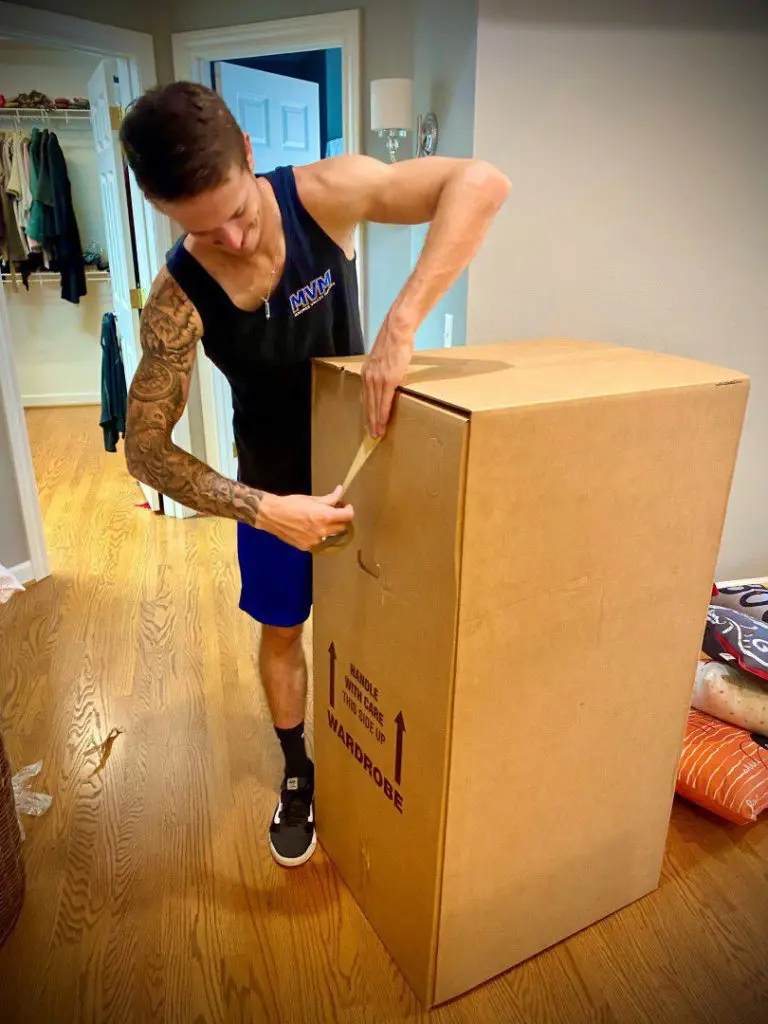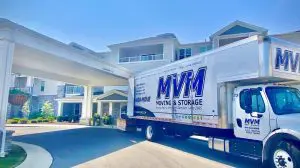Packing Tips

Packing for a move can be overwhelming. You want to get a head start well before moving day, but also know you cannot pack too many belongings that you will need to use in the coming weeks. There is also the question of which items can be packed together and what should be packaged separately to avoid damaging fragile items.
To experience a seamless move, it is best to establish a plan for packing well in advance and purchase the right supplies to pack and store belongings during the transition. Here are packing tips for moving to a new house that will ensure everything arrives safely while eliminating the stress that often accompanies a move.
Supplies
Before you begin the packing process, you need the right supplies. Instead of purchasing these items on your own, moving companies often offer to provide supplies for your move. These are the primary supplies you will need to begin packing:
- Boxes: Purchase a variety of sizes and remember that used boxes you pick up from the local grocery store may not have the structural integrity to hold your belongings.
- Padding: For packing fragile items, padding such as bubble wrap, blankets, and towels can help prevent damage to your belongings.
- Labeling. You will need materials to label boxes, whether that means marking the boxes directly or using labels.
- Packing tape: Strong packing tape will help keep your boxes together.
Packing Tips to Get Started
Do not begin packing without a moving plan in place. Packing the wrong way could cause you to have to unpack and repack certain areas of your home. Here are packing tips to help you get started on the right note:
- Declutter your home. There may be some items you would rather sell than move, and posting items online or hosting a garage sale can help you minimize the number of belongings you bring to your new house. If there are large or delicate items that you may need help moving, consider hiring MVM Moving’s in-home moving services for additional assistance.
- Pack by room and begin with belongings used less frequently. Pack one room at a time, and starting in places like storage rooms or closets, allows you to make progress while not packing essentials too early.
- Label multiple sides of boxes. Mark which items are in each box and which room they should go in at your new home.
- Use small boxes for heavy items. The advice sounds counterintuitive, but if you have ever tried to fill a large box with books, you know how difficult it can make the move. Save larger boxes for lighter items.
- Pack an essentials box. There are some items you will need to keep right until moving day and then use again the first night in the new home, so these should be kept accessible to be easily unpacked.
Packing Your Kitchen
Packing your kitchen involves items such as dishes and glasses, as well as silverware that need to be safely secured during the move. Follow these tips to protect fragile kitchenware:
- Silverware: If you still have the silverware tray, wrap the tray with packing paper or plastic wrap to keep the silverware in place during the move. If you do not have the tray, group like silverware together and wrap it securely in packing paper, placing it flat inside a packing box.
- Dishes: Always pack dishes in a sturdy box labeled “fragile”, and wrap each dish individually in packing paper and stack them vertically. Use towels or cloths to pad the box around the dishes.
- Glasses: Wrap each glass individually and do not stack them on top of each other. Cushion the box with padding.
- Kitchen table: Remove the legs of the table if possible, and wrap each part in a blanket.
- Chairs: Most chairs do not have removable legs, but whether you can remove them or not, wrap each part of the chair in a blanket.
- Appliances: Clean each part of the appliance, and if you kept the original box, use that for packing; if not, wrap them in padding such as bubble wrap or a towel and secure them in a moving box.
How to Pack Electronics
Electronics are some of the highest-value items involved in the move. You want to take extra care to avoid damage to televisions, computers, video game consoles, and printers when moving. Here are some practical steps on how to pack electronics:
- Use original packaging. If you have kept the original boxes, this is often the safest way to ship electronics.
- Properly pad and secure electronics. If you do not have the original packaging, secure your devices with a cushion at the tops and bottoms. Avoid using newspapers in case the print leaks onto the screens.
- Remove batteries. You do not want batteries to leak or get overheated, so remove them while keeping them all in one place and organized by which device they go with.
- Label cables. When you remove cables from electronics, label which device they go with and where they should go when reconfigured.
- Add tracking to applicable devices. For electronics such as computers, add tracking in case they get lost during the move, and password-protect any device you can.
Packing with MVM Moving
MVM Moving offers all the supplies you need to safely pack your belongings. From cardboard boxes and packing paper to packing tape and floor coverings, MVM provides supply delivery. We also offer specials on television boxes, mattress bags, and wardrobe boxes to make your move simple and safe.
Contact MVM today for a free estimate and learn how our team can take away the stress of moving and allow you to focus on what matters most — settling into your new home.
Moving Guides
Free, no obligation estimates for moving and storage
Our moving estimates are carefully customized to your unique moving needs and ensure the highest level of accuracy, and our relocation team has over 100 years of combined moving experience.




Locations in Ohio, Indiana, and Florida